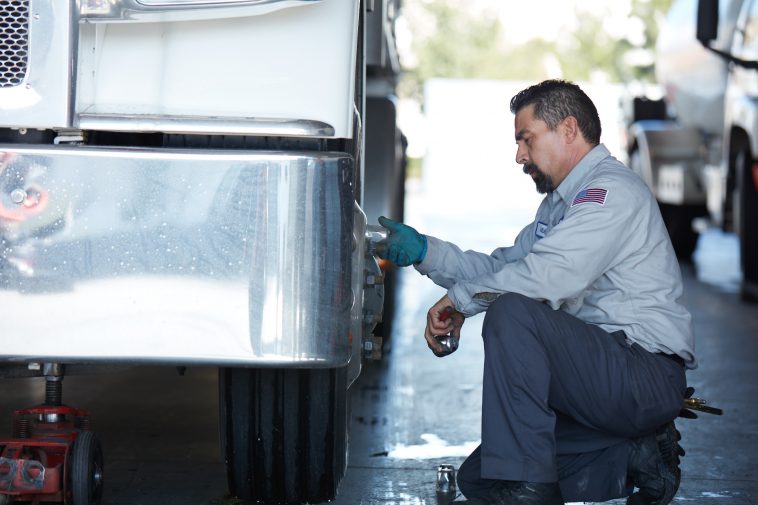By Kyle Chen
May 20 – 27 is National Tire Safety Week, an industry initiative led by the US Tire Manufacturers Association (USTMA) and supported by Bridgestone. The week centers on reminding drivers about the important role tires play in road safety.
For commercial fleets, a proactive and routine tire maintenance program is one of the most important and best practices they can implement, both for the efficiency and the safety of their operations. Proper tire care is increasingly important as modern trucks run heavier loads over longer operating hours and during the summer months when there are more vehicles of all types on the road.

This National Tire Safety Week, Bridgestone urges commercial fleets of all sizes to practice tire safety by implementing the following simple steps:
- Select the right tire for the job.
Tire selection is the foundation of tire performance. Even the right tire in the wrong application won’t perform optimally. Fleets should consider various factors when choosing a tire, including application, size, load carrying capacity, speed capability, and route.
- Set and maintain proper cold inflation pressure for every tire before each haul.
While seemingly simple, tire inflation pressure is one of the most important and overlooked aspects of tire maintenance programs. Proper inflation pressure ensures even weight distribution across a tire’s contact patch (where the rubber meets the road), and it maximizes tread wear life. Tires should be inspected with a properly calibrated gauge when cold—meaning when tires have been parked for three or more hours or driven less than a mile at a moderate speed. This helps to ensure tire inflation measurements are accurate.
- Inspect tires frequently for road-related damage.
Before each haul, drivers and fleet managers should look for cuts, cracks, bulges, penetrations, or other road-related damage that may lead to safety-related issues and/or costly downtime.
- Do not exceed a tire’s maximum recommended speed, even if it’s lower than posted highway speed limits.
Fleet managers should stress to drivers the importance of following a tire manufacturer’s maximum tire speed rating to avoid unplanned incidents, which can lead to downtime and could risk highway safety.
Tire safety is everyone’s responsibility, whether you’re running a local truck driver, regional hauler, or national-fleet operation. As leaders in the commercial trucking industry, Bridgestone asks for your help to improve highway safety this National Tire Safety Week by practicing proper tire care and maintenance.
About the author

Kyle Chen is the brand manager of truck and bus radial tires, US and Canada, at Bridgestone Americas Tire Operations. Find out more, visit www.tiresafety.com.




